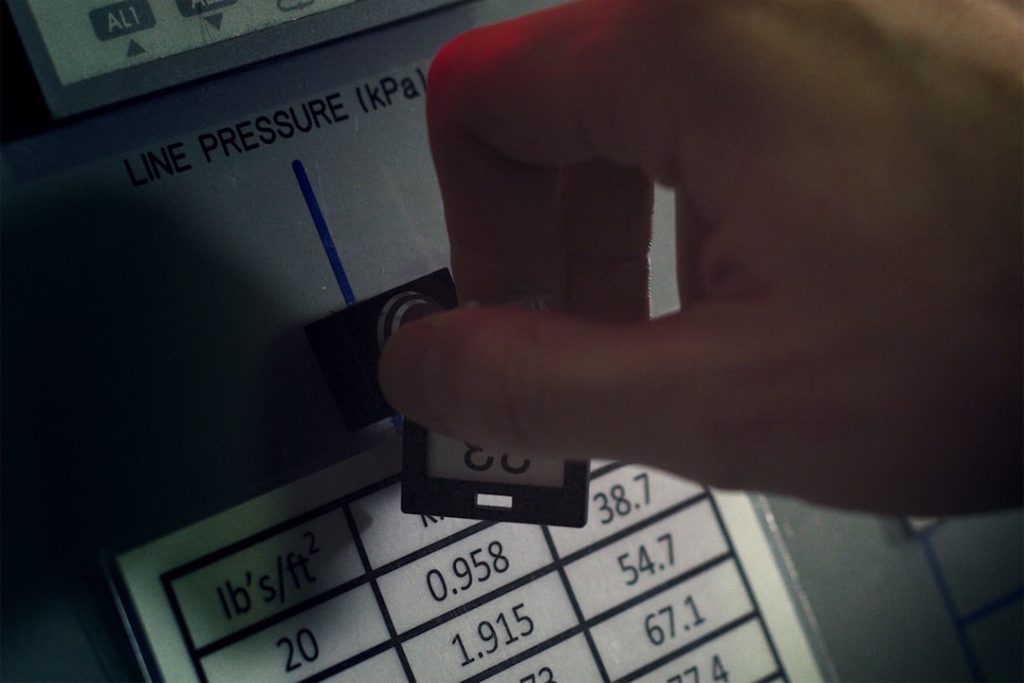A master’s degree in aeronautical engineering is increasingly becoming a critical asset for professionals in the aerospace sector. As technology advances and the demand for innovative solutions in aviation and space exploration grows, the complexity of engineering challenges has escalated. A master’s program not only deepens one’s understanding of fundamental principles but also introduces advanced topics such as fluid dynamics, propulsion systems, and structural analysis.
This advanced education equips graduates with the analytical and problem-solving skills necessary to tackle real-world challenges, making them more competitive in a rapidly evolving job market. Moreover, a master’s degree often serves as a differentiator among candidates vying for positions in prestigious aerospace companies or research institutions. Employers frequently seek individuals who possess not only technical expertise but also the ability to engage in interdisciplinary collaboration and leadership.
A graduate program typically emphasizes these soft skills alongside technical training, preparing students to take on roles that require both engineering acumen and project management capabilities. As the aerospace industry continues to innovate, those with advanced degrees will likely find themselves at the forefront of new developments, contributing to groundbreaking projects that shape the future of air and space travel.
Key Takeaways
- A master’s degree in aeronautical engineering is crucial for advanced knowledge and career growth in the field.
- Selecting a program aligned with your career goals ensures relevant skill development and opportunities.
- Specialized skills and hands-on experience through internships and research enhance expertise and employability.
- Building a professional network is essential for industry connections and career advancement.
- Ongoing education and professional development help maintain competitiveness in the evolving aeronautical engineering job market.
Choosing the Right Program for Your Career Goals
Selecting the right master’s program in aeronautical engineering is a pivotal decision that can significantly influence one’s career trajectory. Prospective students should begin by assessing their career aspirations and identifying specific areas of interest within the field. For instance, some may be drawn to aerodynamics, while others might prefer propulsion or materials science.
Understanding these preferences can help narrow down programs that offer specialized tracks or concentrations aligned with individual goals. In addition to specialization, prospective students should consider the reputation and resources of the institutions they are evaluating. Programs affiliated with leading aerospace companies or research organizations often provide unique opportunities for collaboration and access to cutting-edge technology.
Furthermore, examining faculty expertise can reveal whether a program is well-suited to one’s interests. Engaging with alumni networks can also provide insights into the program’s strengths and how it has impacted graduates’ careers. Ultimately, choosing a program that aligns with both personal interests and professional aspirations is essential for maximizing the benefits of a master’s degree in aeronautical engineering.
Developing Specialized Skills and Knowledge in Aeronautical Engineering

A master’s degree program in aeronautical engineering offers an array of specialized skills and knowledge that are crucial for success in the field. Students delve into advanced topics such as computational fluid dynamics (CFD), which allows them to simulate airflow over aircraft surfaces and optimize designs for performance and efficiency. Mastery of CFD tools is invaluable, as it enables engineers to predict how changes in design will affect flight characteristics, ultimately leading to safer and more efficient aircraft.
In addition to technical skills, students also gain expertise in project management and systems engineering. These competencies are essential for overseeing complex projects that involve multiple stakeholders and require careful coordination of resources. Courses often include case studies that challenge students to apply their knowledge to real-world scenarios, fostering critical thinking and decision-making abilities.
By developing a well-rounded skill set that encompasses both technical and managerial aspects, graduates are better prepared to lead teams and drive innovation within their organizations.
Building a Professional Network in the Aeronautical Engineering Industry
| Metric | Description | Typical Value / Range | Importance |
|---|---|---|---|
| Number of Industry Contacts | Total professionals connected within the aeronautical engineering field | 50 – 200 | High |
| Networking Events Attended Annually | Conferences, seminars, workshops, and meetups related to aeronautical engineering | 3 – 10 | Medium |
| Professional Associations Memberships | Memberships in organizations like AIAA, SAE International, or Royal Aeronautical Society | 1 – 3 | High |
| LinkedIn Connections in Aeronautical Engineering | Connections on professional social media platforms relevant to the industry | 100 – 500 | High |
| Mentorship Relationships | Number of active mentor-mentee relationships within the industry | 1 – 3 | High |
| Collaborative Projects | Number of joint projects or research collaborations with industry professionals | 2 – 5 per year | Medium |
| Industry Publications Authored | Technical papers, articles, or case studies published in aeronautical engineering journals | 1 – 4 per year | Medium |
| Job Referrals Received | Number of job or internship referrals through professional network | 1 – 3 per year | High |
| Social Media Engagement | Interactions (likes, comments, shares) on aeronautical engineering content | 50 – 200 engagements per month | Low to Medium |
Networking is an indispensable component of career development in aeronautical engineering. Establishing connections with industry professionals can open doors to job opportunities, mentorship, and collaborative projects. Graduate programs often facilitate networking through events such as guest lectures, workshops, and industry conferences.
Engaging with these events allows students to meet established engineers, researchers, and recruiters who can provide valuable insights into the industry landscape. Additionally, joining professional organizations such as the American Institute of Aeronautics and Astronautics (AIAA) can further enhance networking efforts. These organizations offer resources such as webinars, publications, and local chapter events that foster connections among members.
Participating in these activities not only helps build a professional network but also keeps individuals informed about emerging trends and technologies in aeronautical engineering. By actively cultivating relationships within the industry, graduates can position themselves for future career advancements and collaborative opportunities.
Gaining Hands-On Experience through Internships and Research Opportunities
Hands-on experience is vital for aspiring aeronautical engineers, as it bridges the gap between theoretical knowledge and practical application. Internships provide students with the opportunity to work alongside experienced professionals in real-world settings, allowing them to apply their skills to actual projects. Many aerospace companies offer internship programs specifically designed for graduate students, providing exposure to various aspects of engineering work, from design and testing to project management.
Research opportunities are another avenue for gaining practical experience while pursuing a master’s degree. Many universities have partnerships with aerospace companies or government agencies that allow students to engage in cutting-edge research projects. These experiences not only enhance technical skills but also foster critical thinking and innovation.
For example, students might work on developing new materials for aircraft structures or exploring novel propulsion systems. Such research endeavors can lead to publications or presentations at conferences, further establishing a student’s credibility within the field.
Leveraging Your Master’s Degree for Career Advancement

A master’s degree in aeronautical engineering can serve as a powerful tool for career advancement. Graduates often find themselves eligible for higher-level positions that require advanced technical knowledge and leadership capabilities. For instance, roles such as project manager or lead engineer typically demand a deeper understanding of complex systems and the ability to guide teams through intricate design processes.
With a master’s degree, individuals are better equipped to take on these responsibilities and contribute meaningfully to their organizations. Furthermore, possessing an advanced degree can enhance earning potential significantly. According to various industry reports, professionals with a master’s degree in engineering tend to earn higher salaries compared to their counterparts with only a bachelor’s degree.
This financial incentive is particularly pronounced in sectors such as aerospace, where specialized knowledge is highly valued. By leveraging their advanced education, graduates can negotiate better compensation packages and secure positions that align with their career aspirations.
Navigating the Job Market with a Master’s in Aeronautical Engineering
The job market for aeronautical engineers is dynamic and competitive, making it essential for graduates to navigate it strategically. With a master’s degree in hand, candidates should focus on tailoring their resumes and cover letters to highlight their specialized skills and relevant experiences. Emphasizing hands-on projects from internships or research can set candidates apart from others who may have similar educational backgrounds but lack practical experience.
Networking plays a crucial role in job searching as well; many positions are filled through referrals rather than traditional job postings. Engaging with alumni from one’s graduate program can provide insights into job openings or company cultures that may not be widely advertised. Additionally, attending industry conferences or job fairs can facilitate direct interactions with recruiters and hiring managers, allowing candidates to make a lasting impression beyond what is conveyed on paper.
Continuing Education and Professional Development in Aeronautical Engineering
The field of aeronautical engineering is characterized by rapid technological advancements, necessitating ongoing education and professional development for practitioners. Many professionals choose to pursue certifications or additional coursework to stay current with emerging trends such as unmanned aerial systems (UAS) or sustainable aviation technologies. Organizations like AIAA offer continuing education programs that allow engineers to enhance their skills while networking with peers.
Moreover, participating in workshops or seminars can provide valuable insights into new methodologies or tools that can be applied in practice. Engaging with professional communities through online forums or local chapters can also facilitate knowledge sharing among engineers facing similar challenges. By committing to lifelong learning, aeronautical engineers not only enhance their own careers but also contribute to the advancement of the industry as a whole, ensuring they remain at the forefront of innovation in air and space travel.




